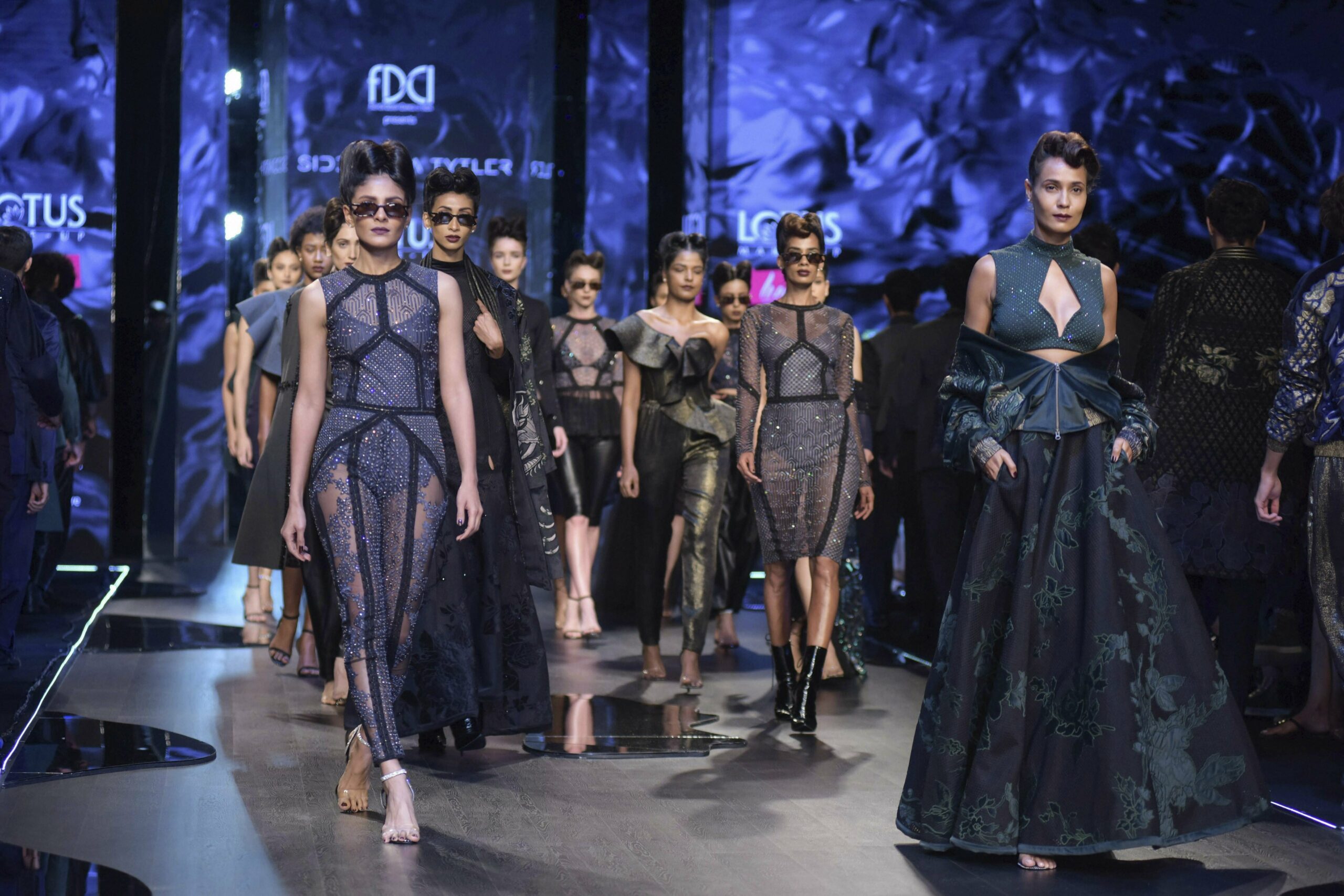Despite their pivotal role, runway models often face marginalization within legal systems designed to safeguard creative professionals.
This article explores the potential for extending performers’ rights to runway models in India, drawing on an international precedent and the specificities of the Indian legal context. While performers’ rights laws in many countries protect a wide array of creatives, including musicians and actors, India’s legal framework does not explicitly include runway models in this category. This omission leaves models susceptible to exploitation and limits their control over their performances and images.
The Case for Performers’ Rights
Performers’ rights in India are governed by the Copyright Act, 1957, which grants artists economic and moral rights over their performances. These rights include control over the recording, broadcasting, and reproduction of their performances, as well as protection against unauthorized alterations. Extending these rights to runway models could ensure they receive fair remuneration and recognition for their contributions to fashion shows.
The Ashby Case and International Precedents
The Ashby case in the UK serves as a pivotal precedent. In this case, the European Court of Human Rights recognized fashion shows as copyrightable works, opening the door for runway models to be treated as performers under intellectual property law. The court acknowledged the creative effort involved in fashion shows, including choreography, lighting, and dramatic presentation, which parallels performances in other protected artistic domains.
The significance of the Ashby case lies in its broader implications for performers’ rights. By recognizing fashion shows as copyright works, the court effectively acknowledged that the models participating in these shows contribute significantly to the performance. This recognition is crucial as it sets a legal precedent that could be emulated in other jurisdictions, including India.
Challenges in the Indian Context
In India, the legal context currently does not explicitly recognize runway models as performers. The Designs Act, 2000, and the Copyright Act, 1957, provide protections for designs and performances, but they do not specifically cover the unique role played by runway models. Moreover, the bureaucratic hurdles and lack of awareness among smaller fashion houses further complicate the protection of models’ rights.
The Indian fashion industry faces several unique challenges that impact the protection of models’ rights. These include:
Lack of Awareness: Many designers and models are not fully aware of their rights under existing IP laws. This lack of awareness often leads to exploitation and inadequate protection of their creative contributions.
Limited Enforcement: Even when rights are recognized, enforcing them can be challenging. The prevalence of counterfeit goods and unauthorized reproductions of fashion designs undermines the legal protections available to models and designers.
Proposed Legal Reforms
To extend performers’ rights to runway models in India, several reforms could be implemented:
Amend the Copyright Act: Explicitly include runway models under the definition of performers. This would align with international treaties like the Rome Convention and the WIPO Performance and Phonogram Treaty, to which India is a signatory.
Increase Awareness and Training: Conduct targeted campaigns and training programs to educate models and designers about their rights under IP law. This empowerment is crucial for the enforcement of these rights. Training programs could be conducted by industry associations, legal experts, and government bodies to ensure that all stakeholders are aware of their rights and how to protect them.
Strengthen Enforcement Mechanisms: Implement stringent measures against infringement of models’ rights, including counterfeiting and unauthorized use of their performances in fashion shows. This could involve increasing penalties for infringement, enhancing monitoring and enforcement mechanisms, and providing models with the tools and support they need to defend their rights in court.
The Role of Models’ Unions and Associations
An important step towards ensuring the protection of runway models is the formation and strengthening of models’ unions and associations. These organizations can play a crucial role in advocating for models’ rights, providing legal support, and negotiating fair contracts on behalf of their members. In the UK, the Equity union has been instrumental in advocating for better working conditions and rights for models.
In India, models’ unions can similarly work towards ensuring that models are not exploited and that their contributions are adequately recognized and compensated. Such organizations can also provide a platform for models to voice their concerns and seek redressal for grievances related to their professional engagements.
Global Influence and the Need for Alignment
As the Indian fashion industry gains global recognition, it becomes increasingly important to align local laws with international standards. The fashion industry operates on a global scale, with Indian designers and models participating in international fashion weeks and collaborations. Aligning Indian IP laws with international standards will ensure that Indian models and designers are adequately protected when they work abroad.
International alignment also helps attract foreign investment and collaborations, as investors and partners can be confident that their IP rights will be protected in India. This can lead to increased opportunities for Indian models and designers to showcase their work on a global stage and benefit from international exposure.
Conclusion
Recognizing runway models as performers under Indian intellectual property law is essential for ensuring their fair treatment and remuneration. International precedents, such as the case where models were granted performers’ rights in the UK, provide guidance on how policymakers can adapt similar principles to the Indian context. This would create a more inclusive and equitable environment for all stakeholders in the fashion industry. This move will not only protect the rights of models but also enhance the overall integrity and sustainability of the Indian fashion sector.
Implementing such reforms requires a concerted effort from policymakers, fashion designers, event organizers, model agencies, and legal professionals. By working together, they can create a legal framework that supports the growth of the fashion industry while protecting the rights and interests of those who contribute to its success.

















